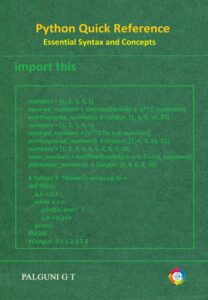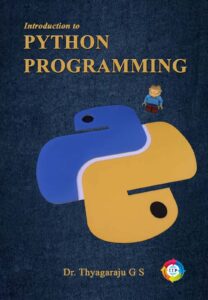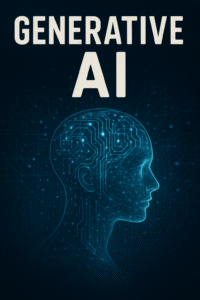Introduction
Artificial Intelligence (AI) has evolved significantly over the past decades, progressing from simple rule-based systems to highly adaptive models capable of reasoning and decision-making. In this journey, two important phases of AI development have emerged: Transitional AI and Agentic AI. While both represent advanced stages of AI, they differ in autonomy, decision-making capabilities, and adaptability. This article explores the distinctions between these two AI types through comparative analysis and illustration.
What is Transitional AI?
Transitional AI refers to AI systems that serve as an intermediary step between narrow AI (which specializes in specific tasks) and fully autonomous AI. These systems are designed to assist humans in decision-making, learning from data, and improving performance over time but still require significant human intervention.
Key Characteristics of Transitional AI:
- Human-Dependent Decision-Making – While advanced, these systems still rely on human oversight and intervention.
- Adaptive Learning – They can improve over time based on feedback and experience but within predefined constraints.
- Task-Specific – Transitional AI is still domain-specific and does not generalize well across different tasks.
- Examples: AI copilots for coding, automated customer support chatbots, and AI-powered recommendation engines.
What is Agentic AI?
Agentic AI, on the other hand, represents a more advanced and autonomous level of AI. These systems possess goal-oriented intelligence, meaning they can independently make decisions, adapt dynamically, and pursue objectives without constant human supervision.
Key Characteristics of Agentic AI:
- High Autonomy – Capable of setting and achieving goals with minimal human input.
- Dynamic Adaptation – Continuously refines its approach based on real-world feedback.
- Multi-Domain Capability – Unlike Transitional AI, Agentic AI can generalize knowledge and apply it across different contexts.
- Examples: AI-driven research assistants, autonomous business optimization tools, and advanced personal AI agents that manage workflows.
Comparative Analysis: Transitional AI vs. Agentic AI
The table below summarizes the fundamental differences between these two AI stages:
| Feature | Transitional AI | Agentic AI |
|---|---|---|
| Autonomy | Partially autonomous, human-guided | Fully autonomous, self-directed |
| Decision-Making | Requires human intervention | Independent, goal-oriented reasoning |
| Adaptability | Learns within a domain | Adapts dynamically across domains |
| Task Scope | Specialized in specific tasks | Generalizes knowledge and applies it across domains |
| Human Involvement | Essential for operation | Minimal human involvement required |
| Examples | AI chatbots, recommendation engines | AI personal assistants, research AI, self-improving systems |
Illustration
Imagine AI in the context of self-driving cars:
- A Transitional AI System would assist the driver with lane-keeping, adaptive cruise control, and hazard detection but still require human intervention for complex navigation.
- An Agentic AI System would function as a fully autonomous vehicle, capable of making independent navigation decisions, responding dynamically to unpredictable traffic conditions, and optimizing routes without human guidance.
The Road Ahead
While Transitional AI is already embedded in various industries, the development of Agentic AI is still in progress. As AI systems gain more autonomy, ethical considerations, safety protocols, and regulatory frameworks will become critical. The shift from assisting to acting independently is the key distinction between these two AI phases, marking a transformative period in AI evolution.
Conclusion
Understanding the difference between Transitional AI and Agentic AI is crucial for grasping the future of artificial intelligence. While Transitional AI improves existing processes by working alongside humans, Agentic AI represents the next leap toward independent, self-sufficient AI systems. As we advance toward more sophisticated AI models, ensuring responsible development and deployment will be paramount to harnessing AI’s full potential.
Final Thought:
Are we ready for fully autonomous AI? While Agentic AI holds immense promise, the transition from assistive intelligence to fully independent decision-making systems will require careful ethical, technical, and societal considerations.





